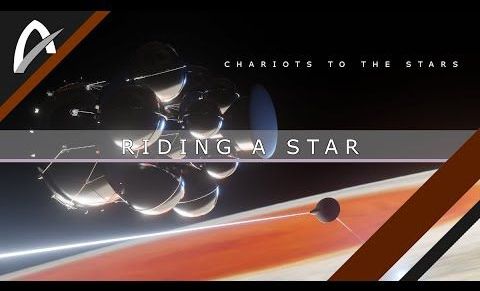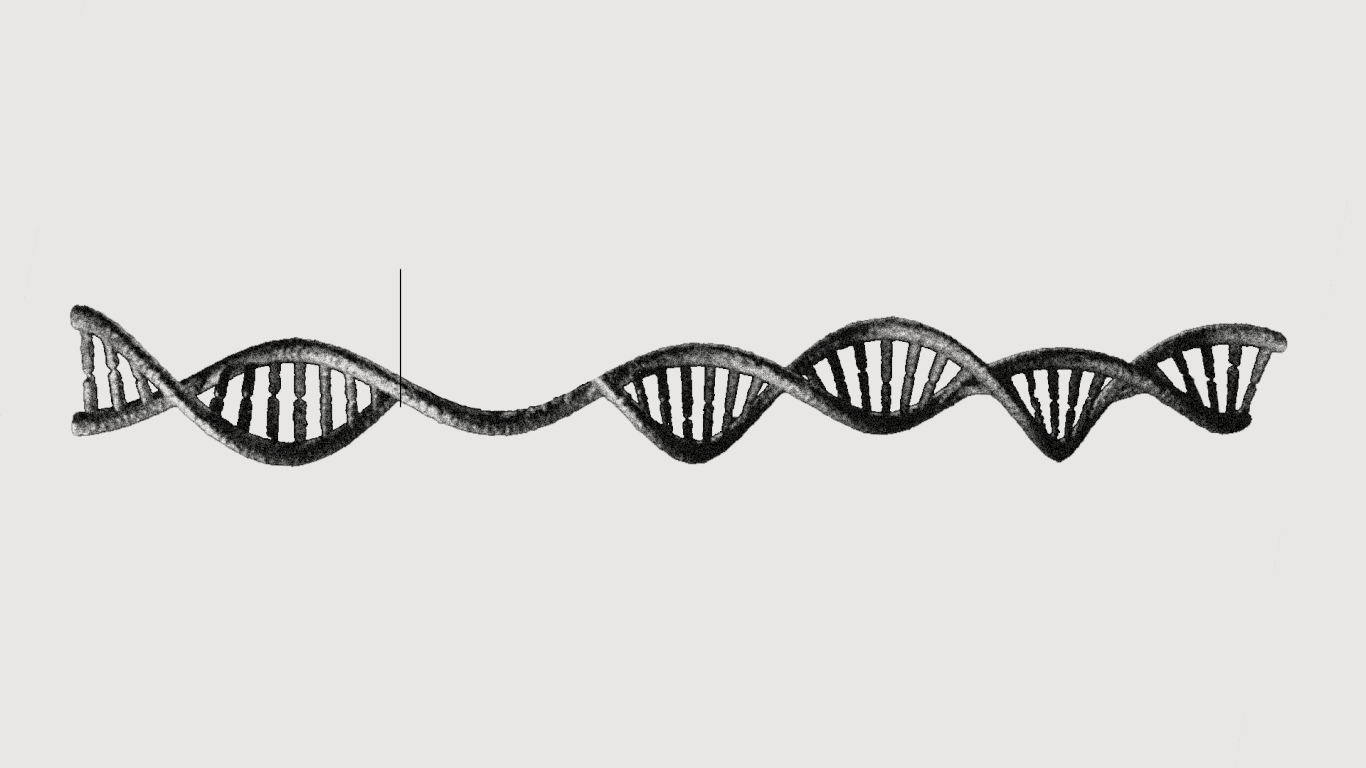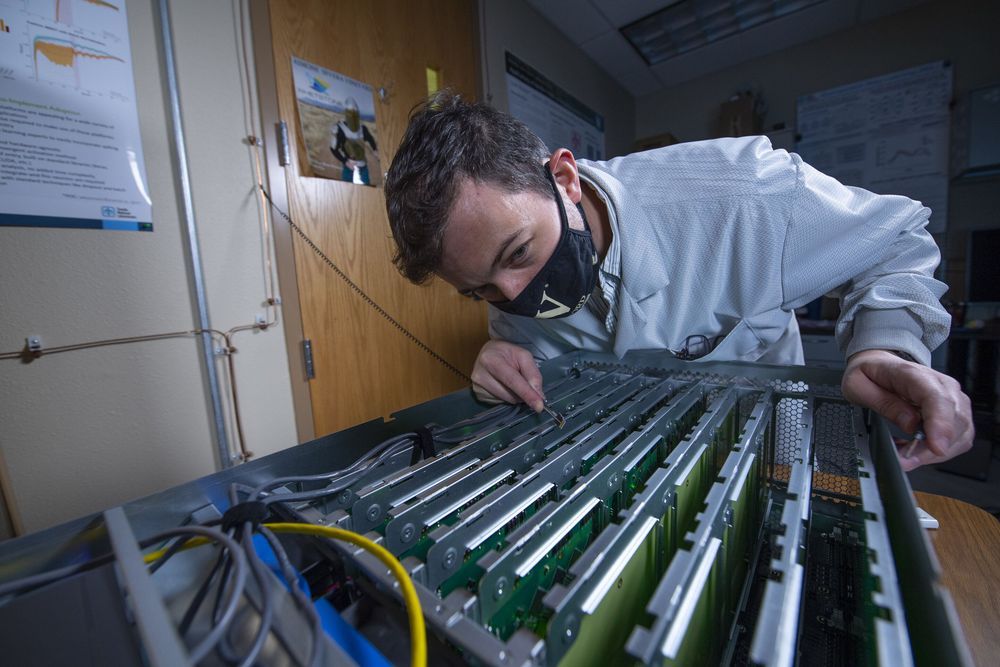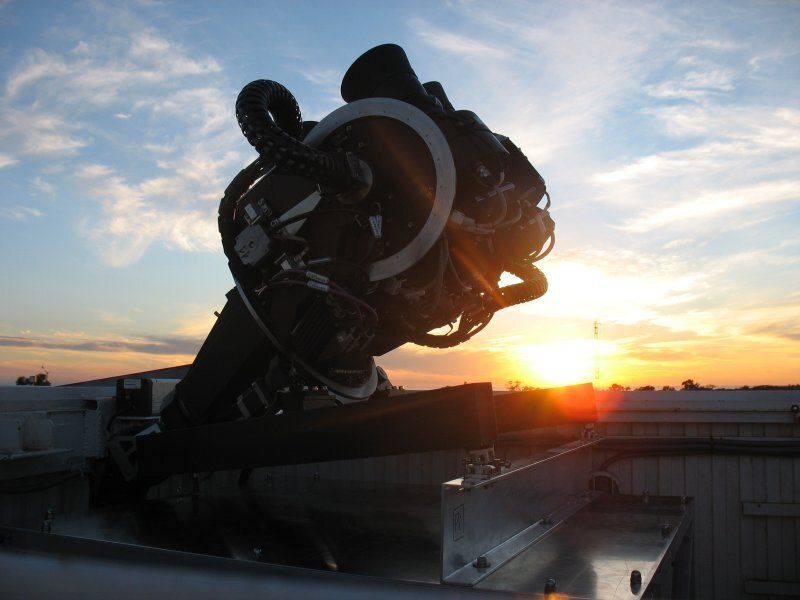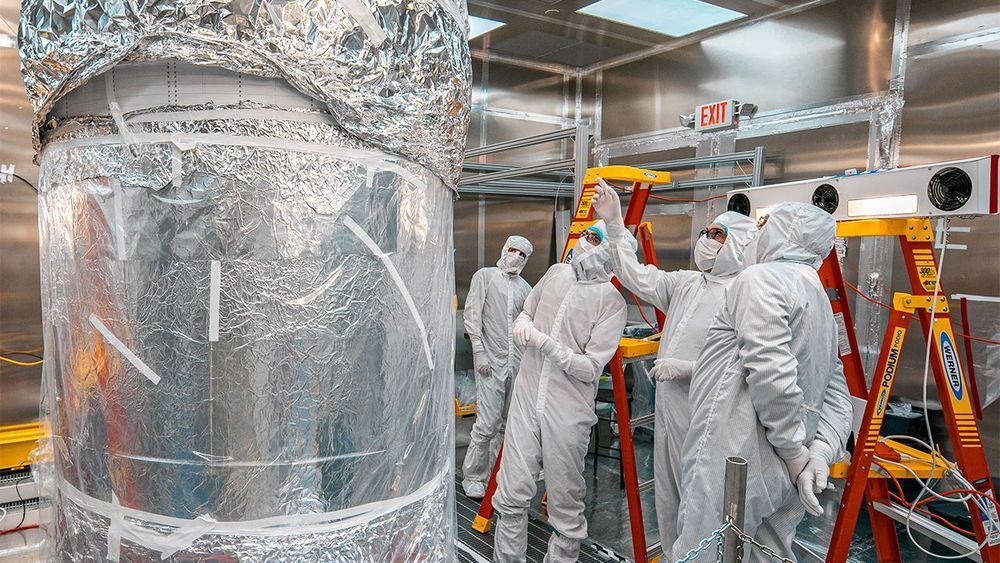Page 6034
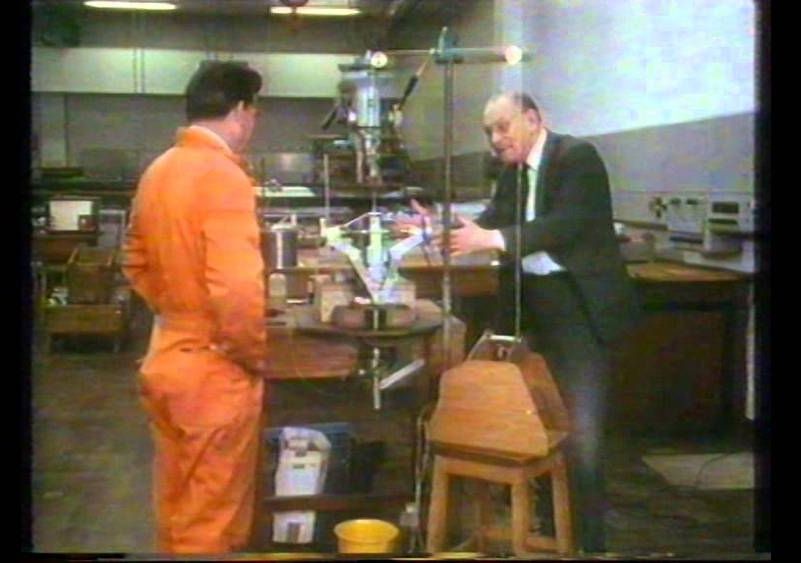
“What we have here is a potential space drive,” Laithwaite said. “Properly developed, this would take you to the outer universe on a spoonful of uranium.”
Oct 3, 2020
Three Decades Ago, America Lost Its Religion. Why?
Posted by Steve Nichols in category: transhumanism
Humanism (Transhumanism and Posthumanism) look likely to win. “… in the early 1990s, the historical tether between American identity and faith snapped. Religious non-affiliation in the U.S. started to rise—and rise, and rise. By the early 2000s, the share of Americans who said they didn’t associate with any established religion (also known as ” nones”) had doubled. By the 2010s, this grab bag of atheists, agnostics, and spiritual dabblers had tripled in size.
“Not religious” has become a specific American identity—one that distinguishes secular, liberal whites from the conservative, evangelical right.
Oct 3, 2020
Synthetic biology brings the hard science of engineering to the basics of life
Posted by Genevieve Klien in categories: bioengineering, biological, computing, science
Synthetic biology startups raised some $3 billion through the first half of 2020, up from $1.9 billion for all of 2019, as the field brings the science of engineering to the art of life.
The big picture: Synthetic biologists are gradually learning how to program the code of life the way that computer experts have learned to program machines. If they can succeed — and if the public accepts their work — synthetic biology stands to fundamentally transform how we live.
What’s happening: SynBioBeta, synthetic biology’s major commercial conference, launched on Tuesday, virtually bringing together thousands of scientists, entrepreneurs, VCs and more to discuss the state of the field.
Oct 3, 2020
50 Million Artificial Neurons to Facilitate Machine-Learning Research
Posted by Genevieve Klien in category: robotics/AI
Fifty million artificial neurons—a number roughly equivalent to the brain of a small mammal—were delivered from Portland, Oregon-based Intel Corp. to Sandia National Laboratories last month, said Sandia project leader Craig Vineyard.
The neurons will be assembled to advance a relatively new kind of computing, called neuromorphic, based on the principles of the human brain. Its artificial components pass information in a manner similar to the action of living neurons, electrically pulsing only when a synapse in a complex circuit has absorbed enough charge to produce an electrical spike.
“With a neuromorphic computer of this scale,” Vineyard said, “we have a new tool to understand how brain-based computers are able to do impressive feats that we cannot currently do with ordinary computers.”
Oct 3, 2020
Amazon’s Drone That Flies Around Your Home and Records Everything Might Just Be Brilliant
Posted by Genevieve Klien in categories: business, drones, habitats
The new Ring Always Home Cam is a product that shows why trust is such an important asset for any business.
Oct 2, 2020
Study sets limits on the flux of heavy compact objects using data from the Pi of the Sky project
Posted by Saúl Morales Rodriguéz in category: particle physics
Strangelets, and specifically nuclearites, their heavy species, are very dense, compact and potentially fast objects made of large and roughly equal numbers of up, down and strange quarks, which may inhabit the universe. Their existence was first hypothesized by Edward Witten back in 1984. These objects have never been detected before and have so far attracted less attention than meteors, perhaps due to their lack of relevance in particle physics.
At the end of 1984, theoretical physicists Alvaro De Rujula and Sheldon Lee Glashow introduced the idea that, when crossing the Earth’s atmosphere, nuclearites produce light in a similar way to meteors, losing very little of their energy in the process. If their prediction is right, teams working at meteor observatories should be able to confirm whether these objects exist or not. So far, however, very few researchers have conducted studies investigating this possibility.
A different cosmic phenomenon rooted in particle physics, known as ultra-high energy cosmic rayssome of the same theorized characteristics of nuclearites. These cosmic rays, in fact, also produce trails of light in the atmosphere, although they do this via a different physical process. In addition, they move much faster than nuclearities and are usually observed in the ultraviolet (UV) band.
Oct 2, 2020
Radiation-immune and repairable chips to fabricate durable electronics
Posted by Saúl Morales Rodriguéz in categories: computing, nanotechnology
To operate safely and reliably in outdoor environments, electronic devices should be resistant to a wide variety of external factors, including radiation. In fact, high-energy radiation can damage several components of field-effect transistors (FETs) commonly used to make electronics, including their superconducting channel, gate oxide and the insulating materials surrounding it (e.g., isolation or substrate oxides).
For several years, research teams worldwide have thus been trying to devise strategies that could make transistors more resistant to radiation. So far, however, this has proved to be highly challenging, and only a few of the techniques proposed in the past have achieved promising results.
Researchers at Peking University, the Chinese Academy of Sciences and Shanghai Tech University have recently fabricated a radiation-hardened and repairable integrated circuit (IC) based on carbon nanotube transistors with ion gel gates. This IC, first presented in a paper pre-published in Nature Electronics, could be used to build new electronic devices that are more resistant to high-energy radiation.
Oct 2, 2020
With to-do list checked off, U.S. physicists ask, ‘What’s next?’
Posted by Derick Lee in category: particle physics
So next week, as U.S. particle physicists start to drum up new ideas for the next decade in a yearlong Snowmass process—named for the Colorado ski resort where such planning exercises once took place—they have no single big project to push for (or against). And in some subfields, the next steps seem far less obvious than they were 10 years ago. “We have to be much more open minded about what particle physics and fundamental physics are,” says Young-Kee Kim of the University of Chicago and chair of the American Physical Society’s division of particles and fields, which is sponsoring the planning exercise.
Giant neutrino experiment is the only sure thing for the field.
Oct 2, 2020
EV West develops Tesla crate motor that fits LS, small-block mounts
Posted by Genevieve Klien in categories: sustainability, transportation
EV West, a company that sells electric car components such as motors, controllers, batteries has a Tesla crate motor that fits Chevy LS, small-block mounts.
